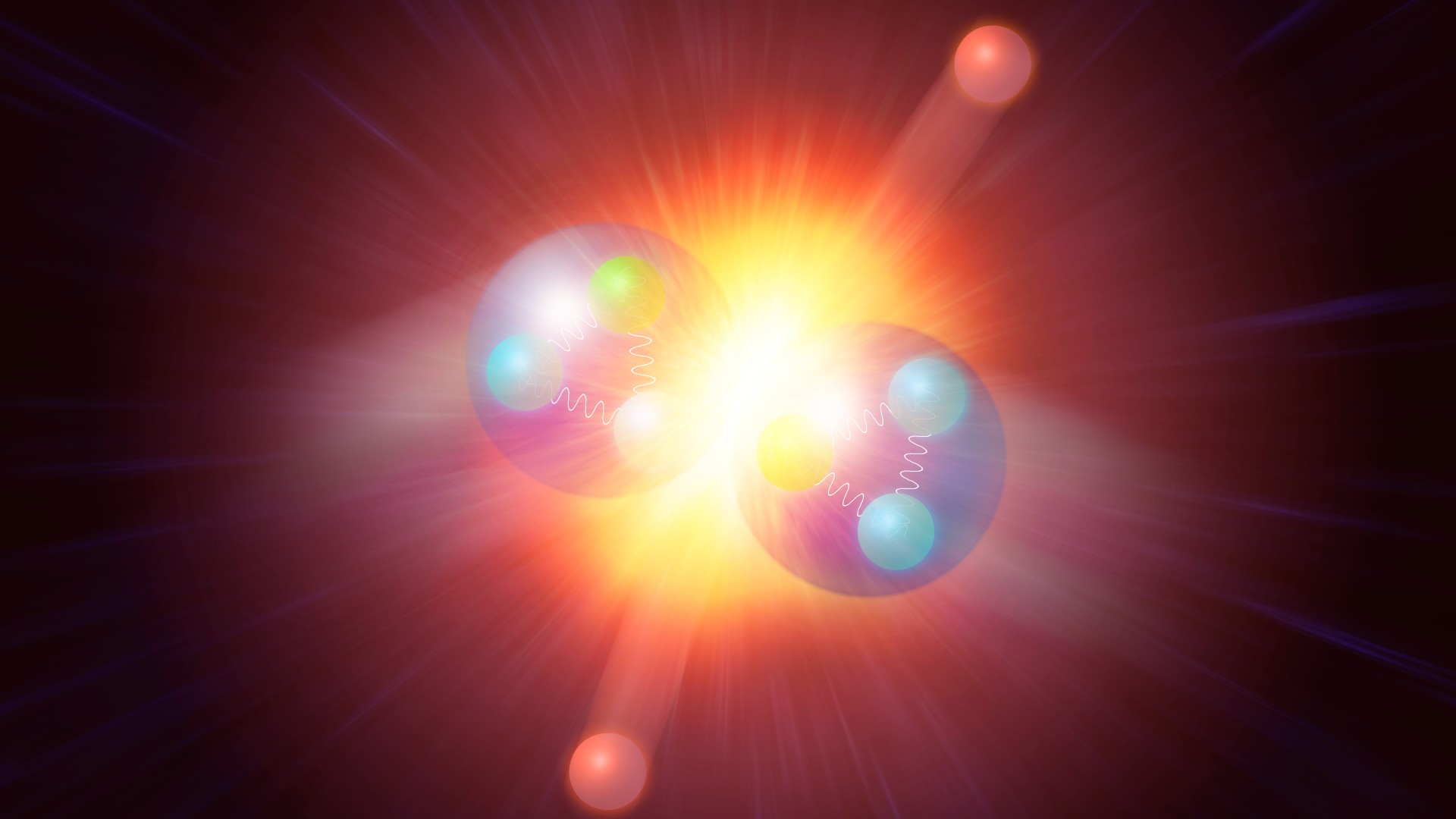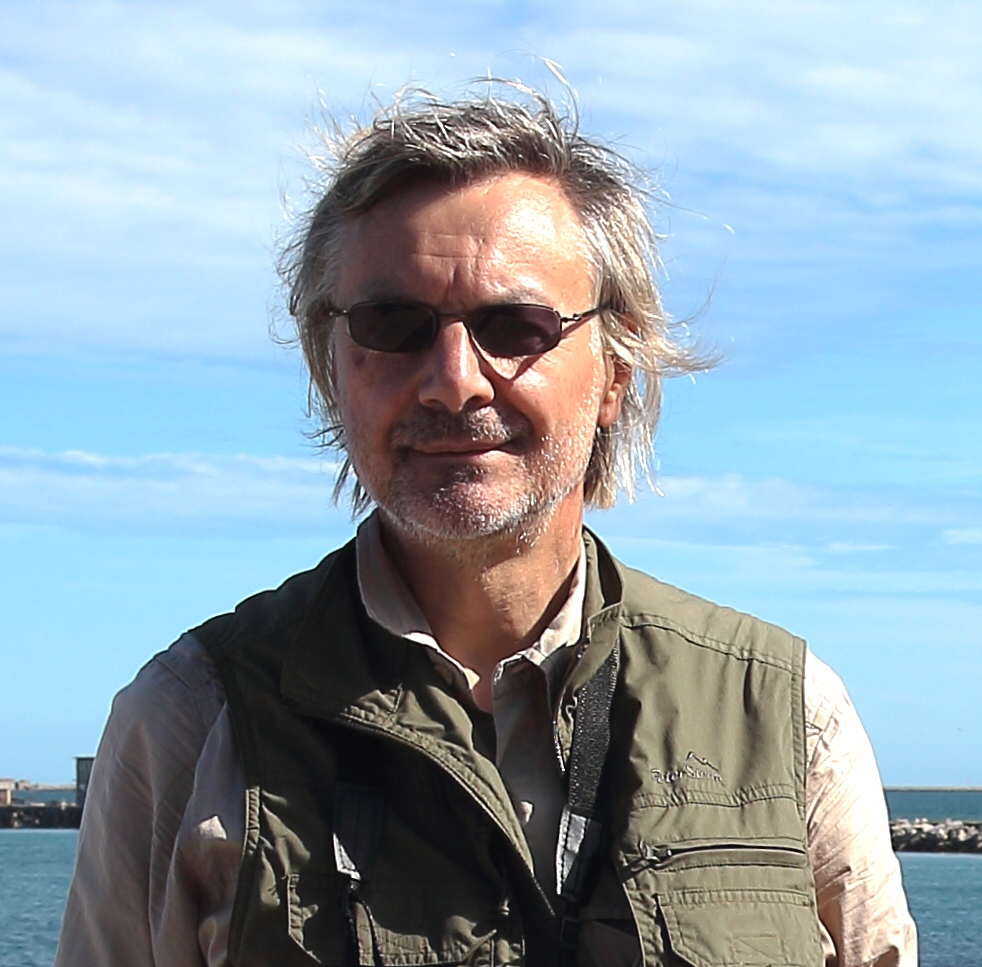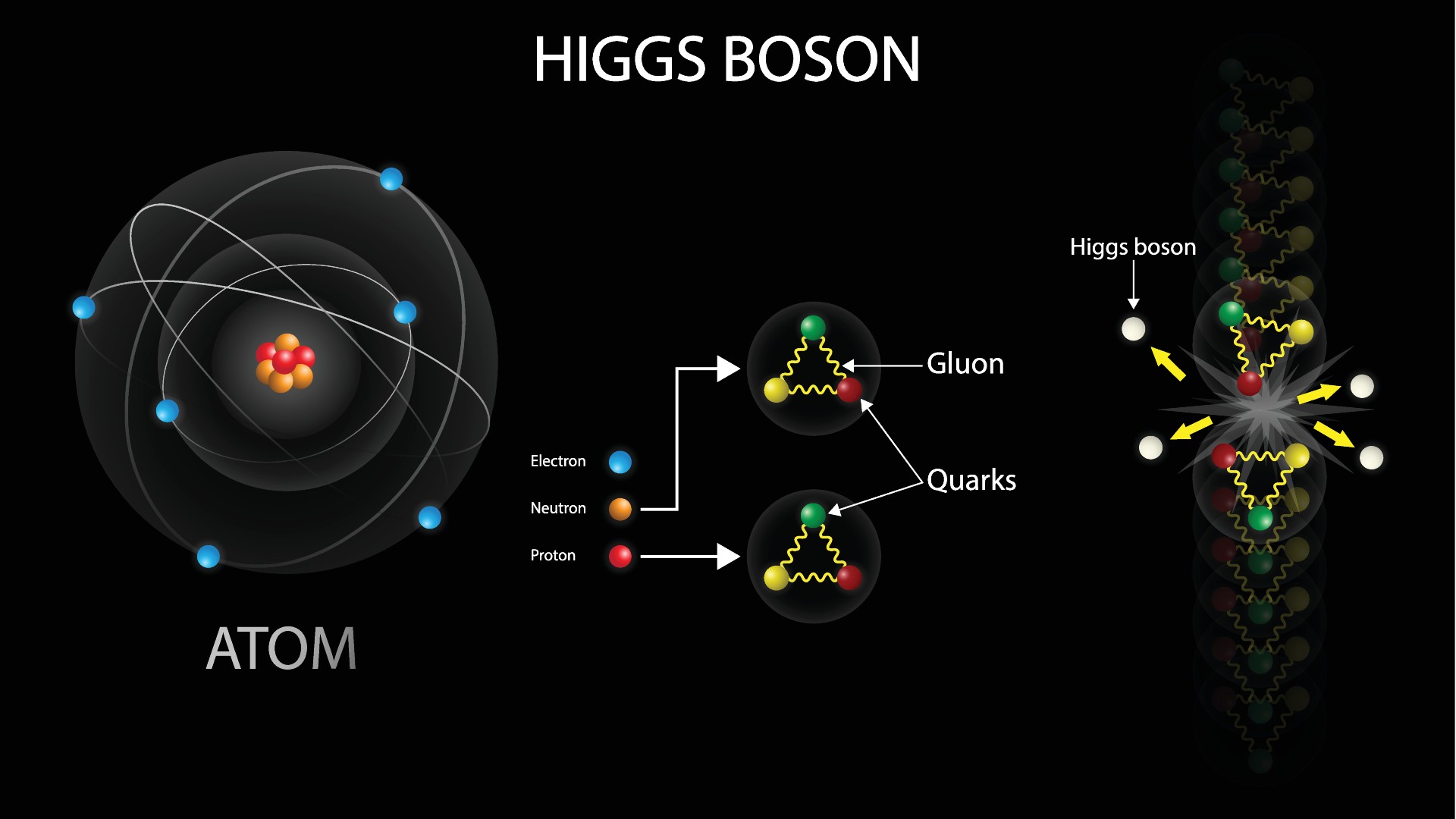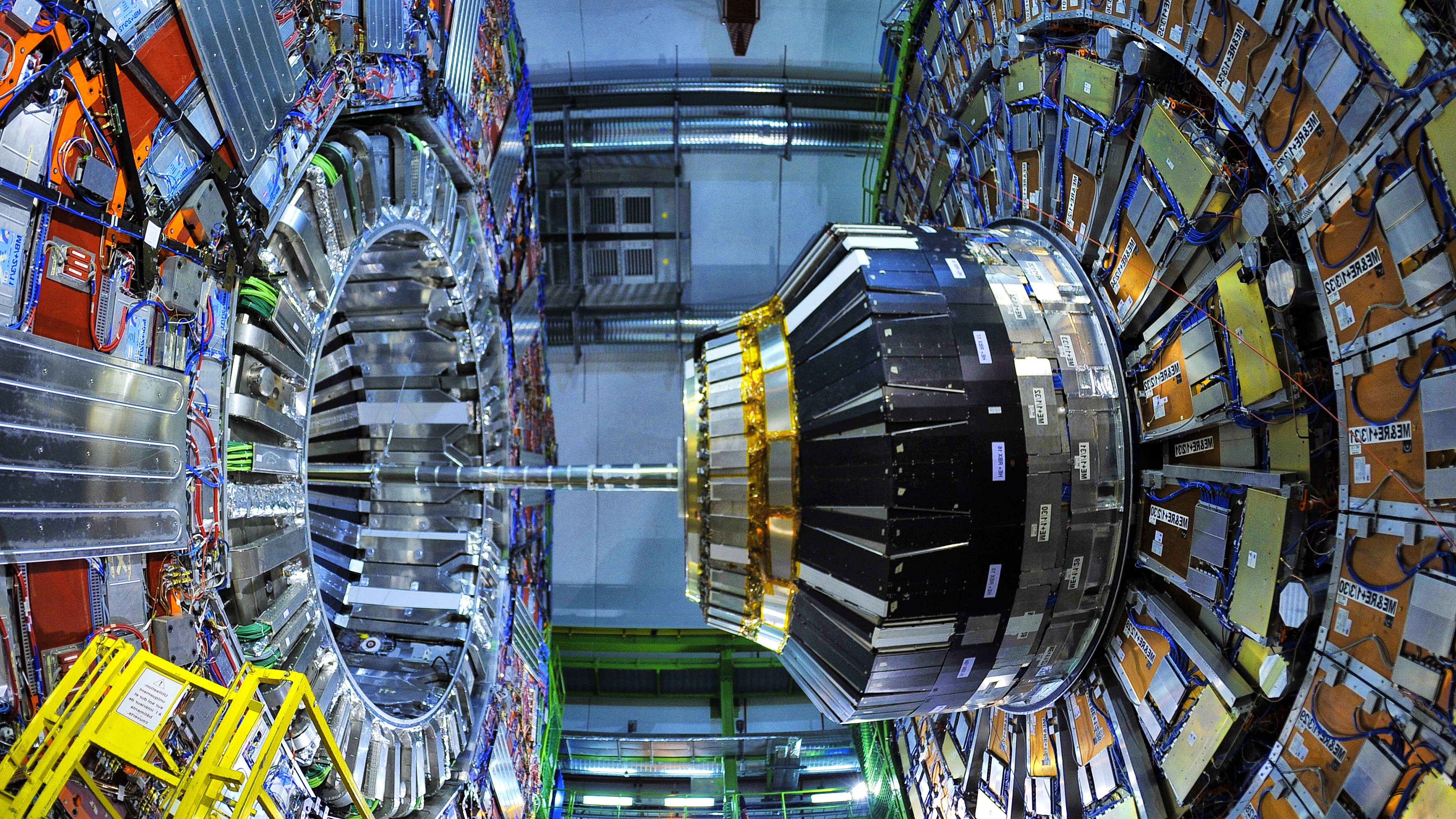What is the Higgs boson?
The elusive particle that physicists knew had to to exist, but took half a century to find.

The Higgs boson is one of the 17 elementary particles that make up the Standard Model of particle physics, which is scientists' best theory about the behaviors of the universe's most basic building blocks. The Higgs boson particle was the last of these to be discovered, after a search lasting five decades, and it plays such a fundamental role in subatomic physics that it is sometimes referred to as the "God particle." Here, we take a closer look at the Higgs boson from its theoretical origins, through its high-profile discovery in 2012, to its continuing significance today.
Higgs field theory
One of the most basic properties of matter is "mass" — a quantity that determines how much resistance an object offers when a force is applied to it, according to the U.S. Department of Energy. It's the m in Einstein's famous equation E = mc^2, where E is energy. Since c is just a constant — the speed of light — then what that equation tells us is that, except for a change of measurement units, energy and mass are the same thing. Some 99% of the mass of any real-world object, such as a human body, comes from the binding energy holding elementary particles together inside atoms. The remaining 1% of the mass, however, is intrinsic to those elementary particles. The question is: How do they get their mass?
In the 1960s, theoretical physicists, including Peter Higgs of the University of Edinburgh, came up with a possible answer, according to CERN, the European Organization for Nuclear Research. The mechanism they proposed involves an invisible but all-pervading field, later dubbed the "Higgs field." It is through interactions with this field that elementary particles acquire their mass.
Different particles have different masses because they're not all affected in the same way by the Higgs field. CERN scientist Stefano Meroli explains this with the analogy of a person (the elementary particle) moving through a group of journalists (the Higgs field). If the person is a celebrity they will have to battle their way through, like a high-mass particle, but if they're unknown to the journalists they will pass through easily — like a low-mass particle.
The Higgs boson explained
Peter Higgs submitted his original paper about the Higgs field (at the time unnamed) to the journal Physical Review Letters on Aug. 31,1964, according to the University of Edinburgh. On the same day, another paper by Belgian physicists Francois Englert and Robert Brout was published describing essentially the same theory. When this was brought to his attention, Higgs modified his own paper to add another prediction — that there should be a new elementary particle associated with the Higgs field. It belonged to a class of particles called bosons and would itself have an extremely high mass. This was the particle that came to be known as the Higgs boson.
Higgs' theory was an elegant explanation for the mass of elementary particles, but was it correct? The most obvious way to verify it was to observe a Higgs boson, but that was never going to be easy. For one thing, the Higgs boson was expected to be highly unstable, disintegrating into other particles in a tiny fraction of a second, according to physicist Brian Greene writing for Smithsonian Magazine. And its huge mass — by subatomic standards — meant that it could be created only in super-high energy collisions. When CERN built the world's most powerful particle accelerator, the Large Hadron Collider (LHC), one of its primary motivations was to find the Higgs boson.
Higgs boson discovery
Physicists measure the mass of particles in units called electron volts (eV). For example, the mass of a proton — the nucleus of a hydrogen atom — is 938 million eV. When the LHC started operation in 2008, the only thing scientists knew for certain about the Higgs was that its mass had to be greater than 114 billion eV, according to CERN — otherwise it would have been found by the previous generation of particle accelerators. Fortunately, the LHC proved equal to the task, churning out an increasing number of measurements indicating something tantalizingly Higgs-like around 125 billion eV. By July 4, 2012, there was no longer any doubt, and a formal announcement was made to great media fanfare. Almost 50 years after it was first proposed, the Higgs boson had finally been found.
Get the world’s most fascinating discoveries delivered straight to your inbox.
Sadly, one of the three scientists behind the original prediction, Robert Brout, had died just over a year earlier. However, the two surviving physicists, Francois Englert and Peter Higgs, were awarded the 2013 Nobel Prize in physics "for the theoretical discovery of a mechanism that contributes to our understanding of the origin of mass of subatomic particles, and which recently was confirmed through the discovery of the predicted fundamental particle," according to the Nobel Foundation.
The God particle?
Outside the world of high-energy physics, the Higgs boson is often referred to by the evocative and catchy name of the "God particle." This was the title of a 1993 book on the subject by Leon Lederman and Dick Teresi — chosen, the authors say, because the publisher wouldn't let them call it the "Goddamn Particle." Much as it's loved by the media, the "God particle" moniker is disliked by many scientists, according to CERN.
"God particle" or not, the discovery of the Higgs boson was enormously significant. It was the final piece of the Standard Model jigsaw, and it may lead scientists to an understanding of further mysteries — such as the nature of dark matter — that lie beyond it, according to Pete Wilton of Oxford University.
Higgs boson today
In its own right, too, the Higgs boson is continuing to reveal more of its mysteries to scientists at CERN and elsewhere. One way to learn more about the way it works — and whether it truly is responsible for the mass of all the other elementary particles — is by observing the different ways the Higgs boson decays into other particles. It typically decays into quarks, but it's also been found to decay into a completely different class of particle called muons. This is a strong indication that muons, like quarks, really do get their mass via the Higgs mechanism.
The Higgs boson may have even more surprises in store for us. For example, the particle that's been discovered — which was close to the lower end of the expected mass range — may not be the only Higgs out there. There may be a whole family of Higgs bosons, some much more massive than the one we currently know about. On the other hand, recent research suggests that, if the Higgs had a significantly greater mass than it does, the universe might have undergone catastrophic collapse before it had a chance to get going. This may indeed have been the fate of other parts of the multiverse, but thankfully not our own. If that theory is correct, we can thank the Higgs boson for our very existence.
Additional resources
- Listen to physicist Sean Carroll talking about the Higgs boson
- View a timeline of the Higgs boson from concept to reality
- Learn more about the Standard Model and the Higgs boson's role in it
Bibliography
The Higgs boson. CERN. https://home.cern/science/physics/higgs-boson
CERN answers queries from social media. CERN. https://home.cern/resources/faqs/cern-answers-queries-social-media
DOE Explains...the Higgs Boson. U.S. Department of Energy. https://www.energy.gov/science/doe-explainsthe-higgs-boson
Wilton, Pete. (2015, July) Exploring the Higgs boson's dark side. University of Oxford. https://www.ox.ac.uk/news/science-blog/exploring-higgs-bosons-dark-side
The Nobel Prize in Physics. (2013) The Nobel Foundation. https://www.nobelprize.org/prizes/physics/2013/summary/
Peter Higgs and the Higgs Boson. (2014, March) The University of Edinburgh. https://www.ph.ed.ac.uk/higgs/brief-history
Greene, Brian. How the Higgs Boson Was Found. (2013, July) https://www.smithsonianmag.com/science-nature/how-the-higgs-boson-was-found-4723520/

Andrew May holds a Ph.D. in astrophysics from Manchester University, U.K. For 30 years, he worked in the academic, government and private sectors, before becoming a science writer where he has written for Fortean Times, How It Works, All About Space, BBC Science Focus, among others. He has also written a selection of books including Cosmic Impact and Astrobiology: The Search for Life Elsewhere in the Universe, published by Icon Books.




